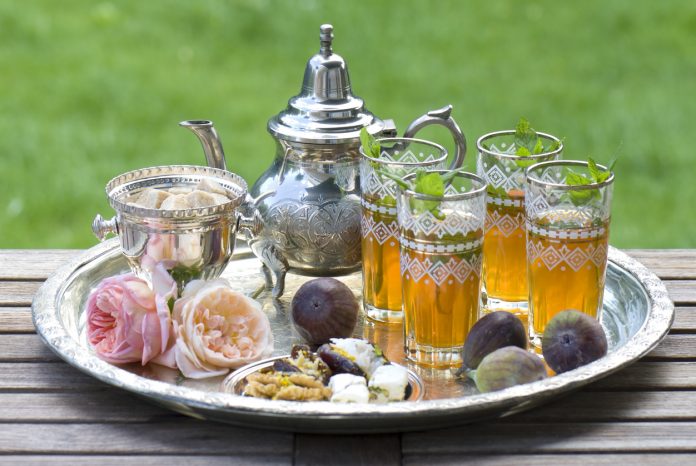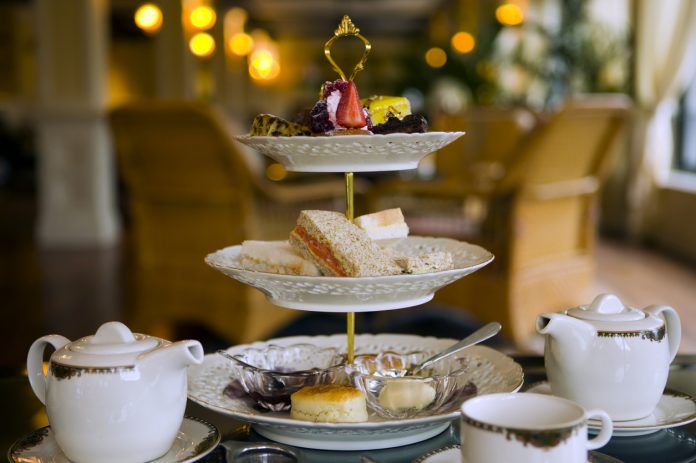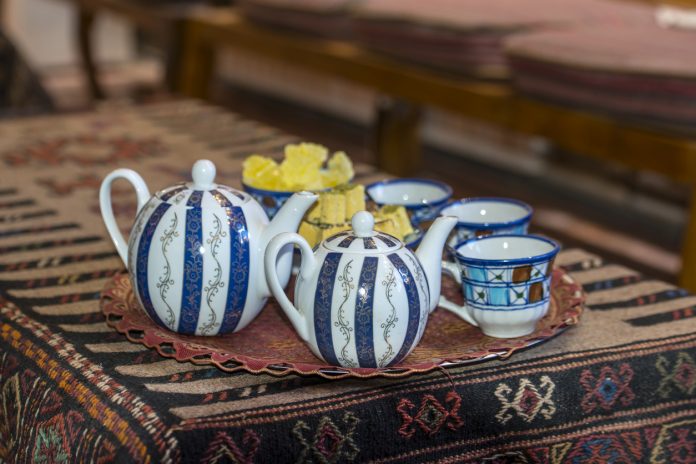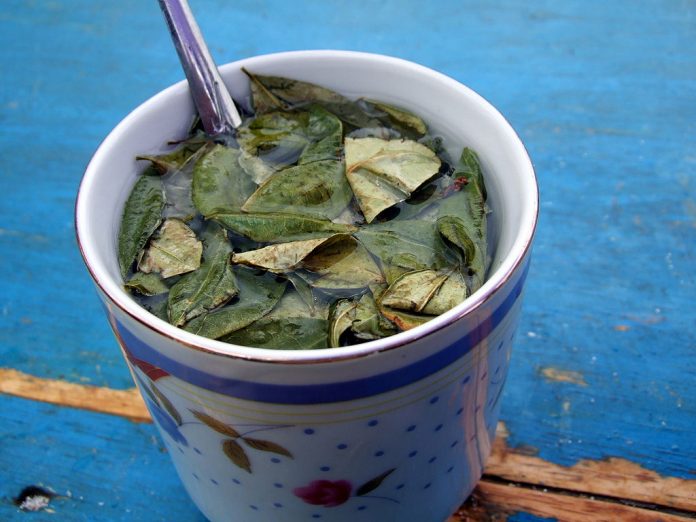Drinking tea is an ancient tradition that is said to date back to south-west China in 27 BC. Since then tea traditions around the world have developed their own unique flavour, much like ice cream, or even sandwiches. As tea drinking spread along the Silk Road and was introduced to Europe, it has been incorporated into cultures around the world. Here are 11 interesting tea traditions around the world:
Also Read: Delicious Sandwiches From Around The World
For Chinese people, tea is a way of life. The country’s diverse climates have given rise to hundreds of different varieties of tea, such as Oolong, Jasmine, pu-erh (fermented tea), and Gunpowder. The art of making tea, or Cha Dao, is closely linked to Chinese philosophies of balance and harmony, and is ritualized in the gong fu ceremony.
2Moroccan Mint Tea

Touareg tea or Moroccan mint tea is a major part of North African culture. A heavily sweetened mixture of green tea and mint leaves it is served in small glasses. It is poured into these from a height, along with nuts and sweets.
3English Afternoon Tea

No country is so closely connected to tea as England. It’s as synonymous with British culture as fish and chips or the royal family. From dainty afternoon teas to heartier brews, it certainly is a favourite beverage. Tea was first introduced by the Dutch East India Company in the mid-1600s, though it was initially expensive.
4Thai Iced Tea

In Thailand, perhaps the most famous brew is the delicious Thai iced tea or cha-yen. Made from strongly brewed black Ceylon tea, it is blended with condensed milk and sugar before being served over ice. Various flavours or spices are added. These can include orange blossom, cinnamon, star anise, liquorice, and ground tamarind.
5Russian Samovars

Trade along the Silk Road brought tea to Russia in the 17th century, but it was only in the 1800s that it became widely available to everyone. Today, Russian tea, or zavarka, is synonymous with the samovar. A tall urn used to boil water, while a teapot containing the zavarka, highly concentrated black tea, sits atop it.
Small amounts of the tea are poured into cups and diluted with the water from the samovar. It can also be flavoured with lemon, sugar, honey, or other herbs. Much like in Morocco, tea and hospitality are closely connected in Russia. It is still considered polite to offer a guest a cup when they enter your home.
6Tibetan Butter Tea

While most people may not associate butter with tea, the high, cold altitudes of the Himalayas have given rise to the high-fat, energy-boosting tradition of butter tea, or Po cha. Ideal for both keeping you warm and cleansing your body, the tea is made with pu-erh tea cakes that are crumbled into hot water and boiled for several hours.
7Indian Chai

India is the both world’s largest producer, and the largest consumer of tea. The sweet milky chai is practically a national drink. While tea is certainly a part of everyday life in India, it never developed into elaborate rituals lie in China or Japan. Tea stalls are dotted cross Indian streets, and the chai wallahs prepare black tea with milk, sugar, and spices such as cardamom, fennel, cinnamon, and cloves.
8Japanese Tea Ceremony

Heavily influenced by Zen Buddhism, the elaborate traditional Japanese chanoyu tea ceremony involves ritualized preparation, presentation, and consumption of tea. Matcha powder, made of ground green tea leaves, is used to brew a frothy, ethereal tea.
9Iranian Teahouses

Brewed over a samovar, Iranian tea is served very strong. Instead of adding sugar to the drink, you’re expected to place a sugar cube between your front teeth and drink the tea through it. The drink may also be accompanied by a bright yellow rock candy, called nabat, that may be dissolved in the tea.
10Argentinian Yerba Mate

Even though the iconic Argentinian yerba mate (pronounced ma-tay) isn’t really tea, it’s also a way of life. A caffeine-infused drink made from the leaves of the local yerba mate plant, this herbal tea is meant to be sipped through a metal straw called bombilla. However, it can be considered an insult to the brewing abilities of its maker if you stirring the tea with the bombilla. Drunk throughout the day, it is said to have anti-oxidants and cholesterol-lowering properties.
11Taiwanese Bubble Tea

A more modern invention, Taiwanese bubble tea is made with iced tea (usually black, green, jasmine or oolong) which is mixed with powdered milk and sugar syrup. The characteristic bubbles are actually small balls of tapioca, creating a chewy treat.
Bubble tea was created in 1988 at the Chun Shui Tang teahouse when Lin Hsiu Hui dropped some tapioca balls from her fen yuan dessert into her iced tea. A trend was born, and the teahouse soon began selling “bubble tea”. It has since spread internationally, gaining appreciation across Asian, Europe, and the United States.





